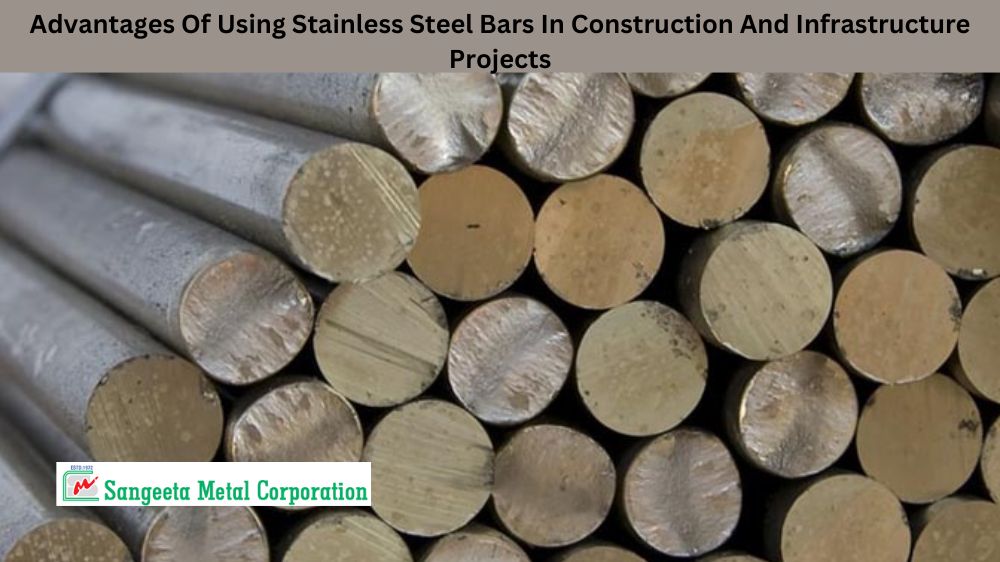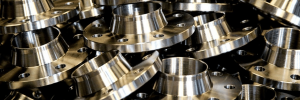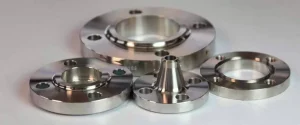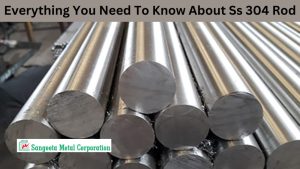When it comes to construction and infrastructure development, choosing the right materials is essential for the safety and durability of the structure. Stainless steel bars have been utilized in different industries because of their benefits. It is produced from an alloy composition of iron, carbon and numerous other elements that guarantees its strength. In this blog, we will explore the benefits of using stainless steel bars and why they are becoming a popular choice in construction and infrastructure projects.
What Are Stainless Steel Bars?
Stainless steel bars are made of an alloy of iron and chromium. These bars have a distinctive shine as well as excellent corrosion resistance, making them ideal for use in areas that have constant exposure to water, saltwater or other corrosive substances. The chromium content also makes stainless steel extremely abrasion-resistant and strong, even under extreme temperatures. Stainless steel bar comes in a wide range of shapes and sizes with varying corrosion resistance and strength levels based on their composition.
High Durability
One of the main benefits that stainless steel bars offer is their durability. They are very resistant to corrosion, heat, and extreme weather conditions. This makes it immune to various environmental conditions and will not corrode, rust or chip, thus will be durable. The strength of stainless steel bars guarantees that they can handle even the harshest conditions without compromising. As a result, they are the best option when it comes to constructing strong and durable structures.
Low Maintenance Costs
When stainless steel bars are used in construction and infrastructure projects, their low maintenance costs come to the fore. These bars are almost maintenance-free, require minimal cleaning and upkeep, and are capable of maintaining their structural integrity over a long period. This implies that structures that use stainless steel bars will require minimal maintenance, thus saving the owner’s costs. Buildings and infrastructure using stainless steel bars can save up to half of the maintenance costs compared to similar structures built using other materials.
Sustainability
Another advantage of stainless steel bars is that they are sustainable. The bar is constructed from a recyclable material that can be utilized repeatedly, and do not lose its quality or strength when recycled. This eliminates the necessity for replacements, hence making it environmentally friendly. Stainless steel bars are also energy-efficient due to their low maintenance requirements, which conserve energy and reduce the need to dispose of waste material, promoting sustainable building construction.
Resistant To Fire And Heat
The melting point of stainless steel bars is higher than other metals, which shows that it has higher heat resistance. Stainless steel bars do not release toxins when exposed to high temperatures, such as fire. Structures that incorporate stainless steel bars can endure fire damage for a prolonged duration. This makes stainless steel bars an excellent choice for buildings and infrastructures where fire and heat resistance are essential.
High Tensile Strength
One of the greatest strengths of stainless steel bars is their high tensile strength. They possess a superior strength-to-weight ratio that ensures structures will not collapse and not corrode underweight. These bars are thus utilized in applications where reliability and strength are important, such as structural beams, load columns and road and bridge building.
Conclusion
Stainless steel bars are widely used in construction and infrastructure construction because of their various advantages. They are highly durable and sustainable, have low maintenance, high resistance to heat and fire and have high tensile strength. Stainless steel bars are the best option to construct buildings that can withstand severe climatic conditions and retain their strength for many years. Using stainless steel bars in your constructions and infrastructure development activities, you can make your infrastructure strong, durable, and low-maintenance for several years while minimizing the environmental impact.




